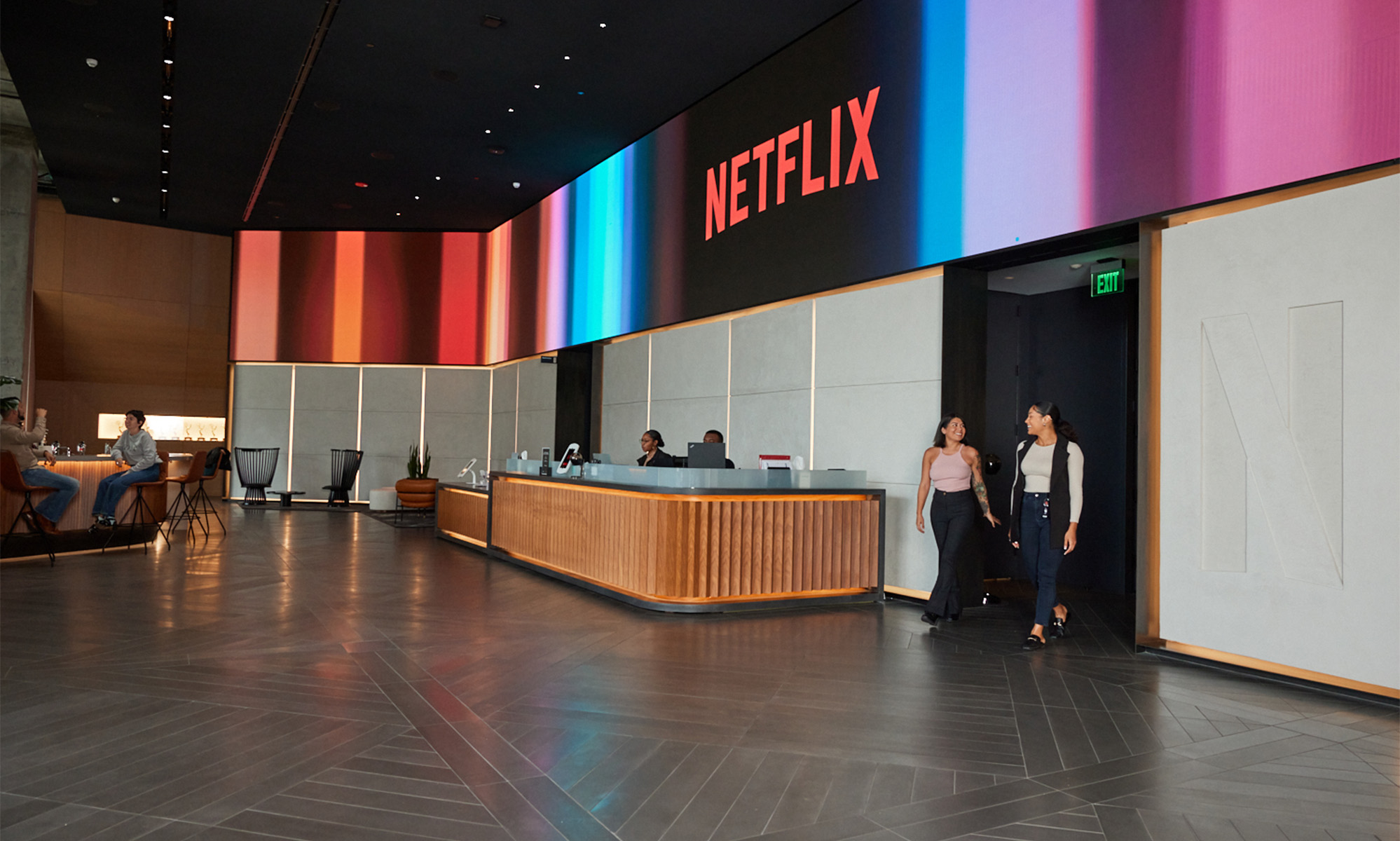The stock market has been a bit volatile this year, but there are some sectors that are still experiencing significant share price gains. For example, the Nasdaq 100 Technology Sector is up about 22% over the past 12 months. Those gains are pretty impressive, but a handful of tech stocks, including Square (SQ 1.05%) and Netflix (NFLX 0.67%), have seen their share prices jump about five times as much.
With company returns as high as 100% over the past year, it's worth taking a closer look at what Square and Netflix are doing so well, if they can keep the momentum going, and one hurdle each of them faces that investors should be on the lookout for.

Image source: Getty Images.
Square: Up 176% over the past 12 months
Square supplies point-of-sale (POS) terminals to merchants, offers mobile payment services, has a popular peer-to-peer payment app called Square Cash, provides small business loans through Square Capital, and has its own online food ordering business, called Caviar.
Square's share price has seen astronomical gains over the past 12 months as the company has grown its sales and client base. Net revenue was up 36% year over year in the fourth quarter, and the company's gross payment volume (the total amount processed through its payment systems) grew by 31% to $17.9 billion. Investors have also been impressed with the company's ability to increase its EBITDA, which jumped 38% in Q4 to $41 million and 33% year over year to $36 million in Q1.
Square makes the vast majority of its revenue from payment transactions on its platform, but the company's other businesses offer additional opportunities as well. For example, its mobile payment Cash app now has 7 million monthly active users. Square is also growing its subscription and services revenue, which was up 95% in 2017; the segment now accounts for 11% of Square's total sales (up from just 8% in 2016).
So can Square keep the momentum going? The company has a few things working in its favor, including the fact that it's adding larger customers on its platform. Companies selling $125,000 or less per year accounted for 53% of the company's gross payment volume (GPV) in the fourth quarter of 2017. Customers spending $500,000 or more annually make up 20% of GPV, up from 13% two years ago. Square is also doing a good job building out a payment ecosystem by selling everything from the hardware (payment terminals) to point-of-sale software, its mobile Cash app, lending services, and even its food delivery business.
But Square isn't without its risks, of course. Investors should keep a close eye on what some of the company's competitors are doing with mobile payments and point-of-sale services. Both Intuit and PayPal offer similar services. Square is building a strong brand right now, but it doesn't have an economic moat around its business yet. For many merchants, especially smaller ones, the switching costs are pretty low for them to jump to another payment processor. That's not to say Square's a bad investment, but investors should know that the company still faces lots of competition in this growing market.
Netflix: Up 111% over the past 12 months
Netflix has built itself into a video-streaming powerhouse and now boasts more than 125 million members. The company is experiencing substantial user growth as it expands into international markets. Netflix's non-U.S. streaming subscribers now account for 54% of the company's paid subscribers, and in the first quarter of 2018 the company increased paid international subscribers by 42% year over year.
Investors have also been happy to see the company's sales and earnings continue to spike. Revenue was up more than 40% in the most recent quarter to $3.7 billion, and diluted earnings per share of $0.64 were up 60% from the year-ago quarter, which far outpaced any of the company's quarterly earnings in 2017. Net income also increased about 63% year over year to $290 million.
Netflix is facing an increase in competition on several fronts, most recently from Disney's (DIS 0.18%) announcement that it will bring its own content streaming service to market sometime this year. Disney has a war chest of old movies and shows, along with owning massive content franchises like Star Wars and Marvel, which could make Disney's service a strong contender for people's money.
But Netflix will likely be able to fend off Disney, and other players including Amazon and Hulu, because of its treasure trove of user data. For years, Netflix has been collecting users' viewing habits (everything from what we watch and when we watch it) so it can create original content and purchase programming it knows its members will love. Tapping into this data allows Netflix to create a network effect that keeps its users watching more Netflix content, and thus supplying it with more viewing data.
Netflix is spending a lot of money -- between $7.5 billion and $8 billion in 2018 -- on content, and that's up from $6 billion last year. Some of this spending comes from Netflix shelling out cash to create shows that will appeal to viewers in local international markets. The company's subscriber growth shows that spending all of this cash is paying off, but investors should keep an eye on these expenses to see if they continue to climb. At some point, the company should be able to curb spending a bit, or at least let it stabilize, once it's built up enough original content. But Netflix's current collection of original content, and its ability to know what its users want to watch, should help it continue dominating the content streaming space for years to come.
Keep this in mind
Investors should remember that just because Netflix and Square have performed well over the past year doesn't mean they'll do well in the future. If you're interested in investing in these two companies, make sure you're not doing it just because these stocks are on a tear right now.








